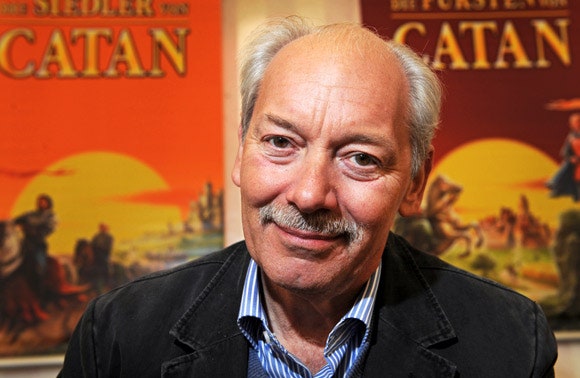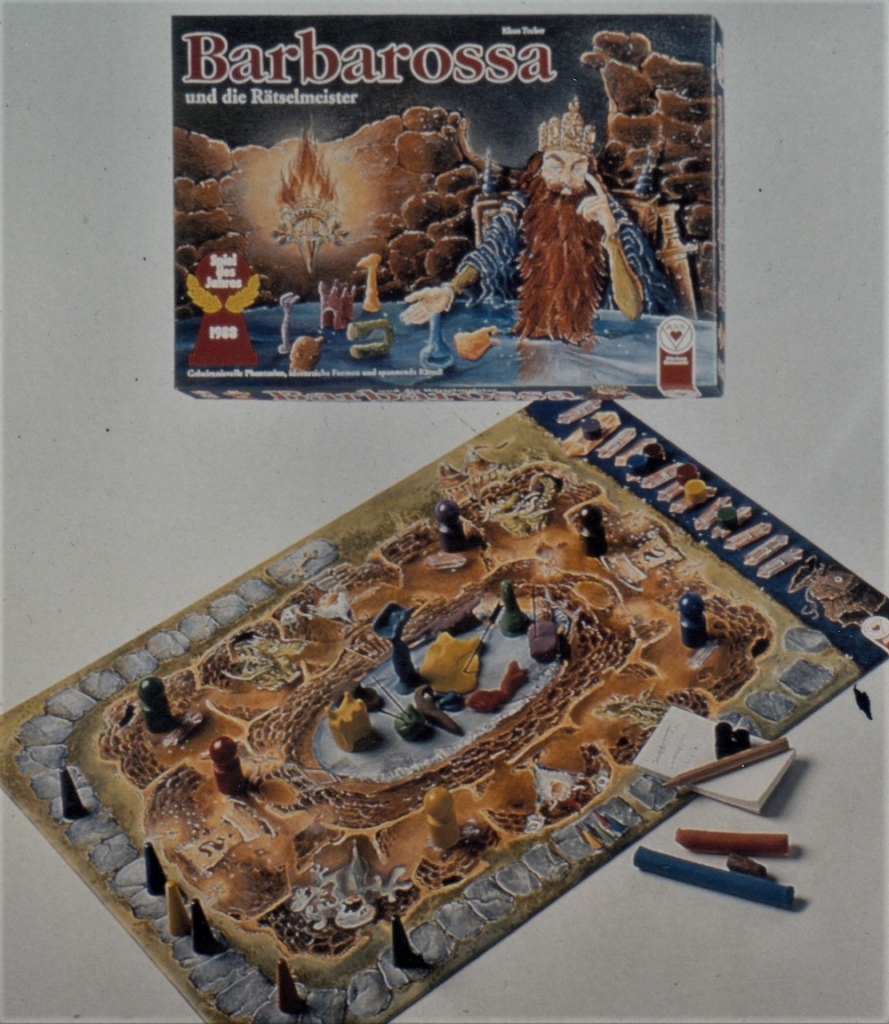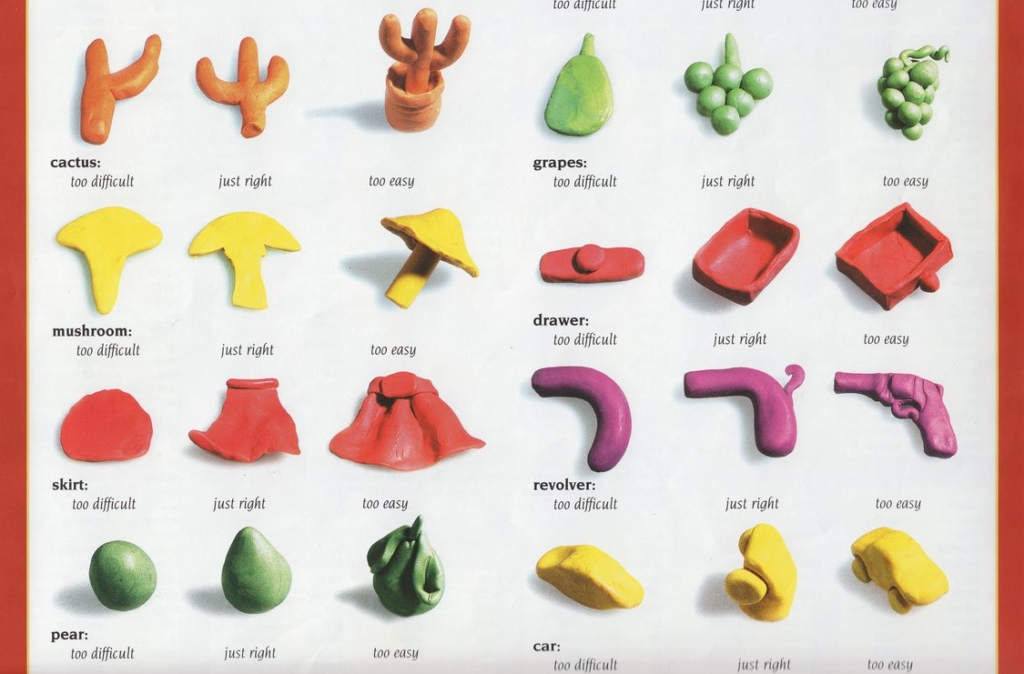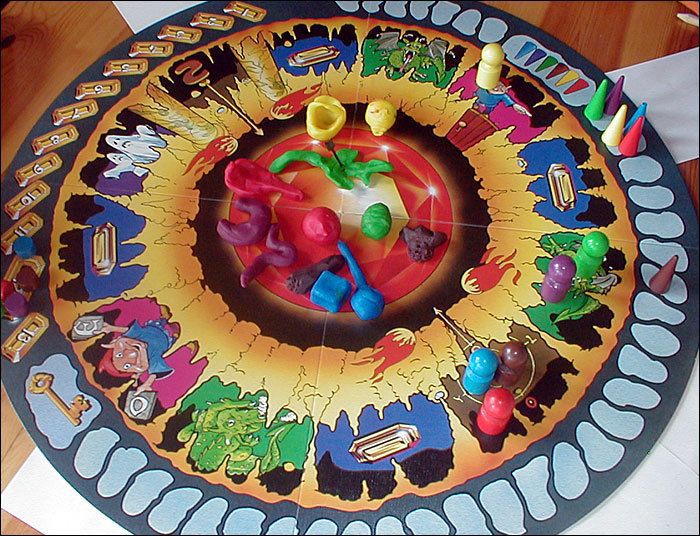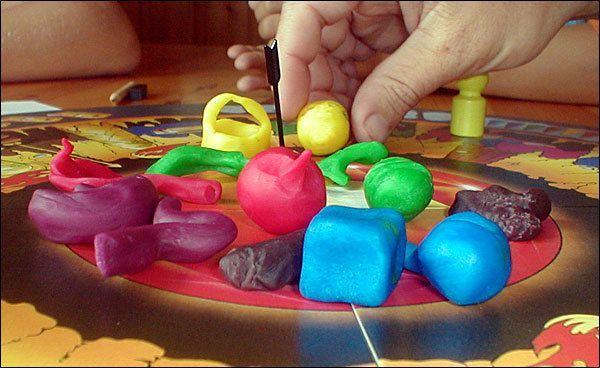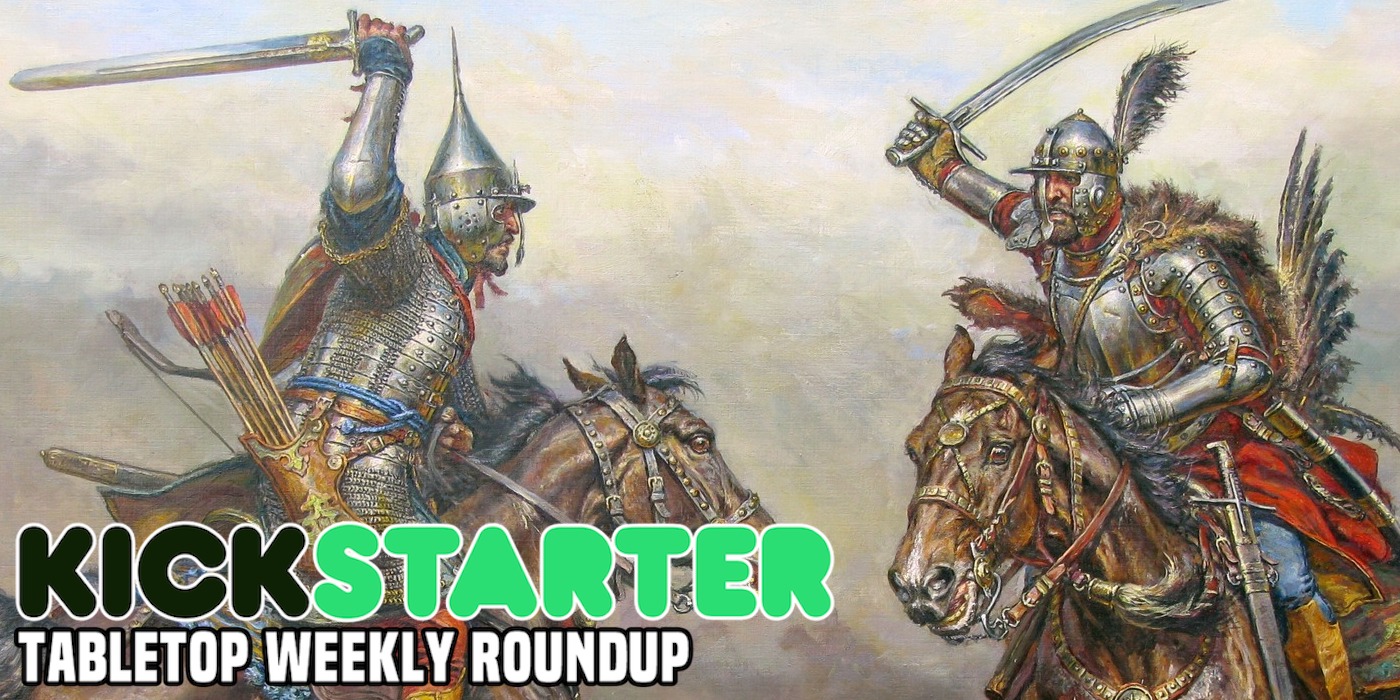Remembering Designer of Catan, Klaus Teuber’s First Board Game – ‘Barbarossa’
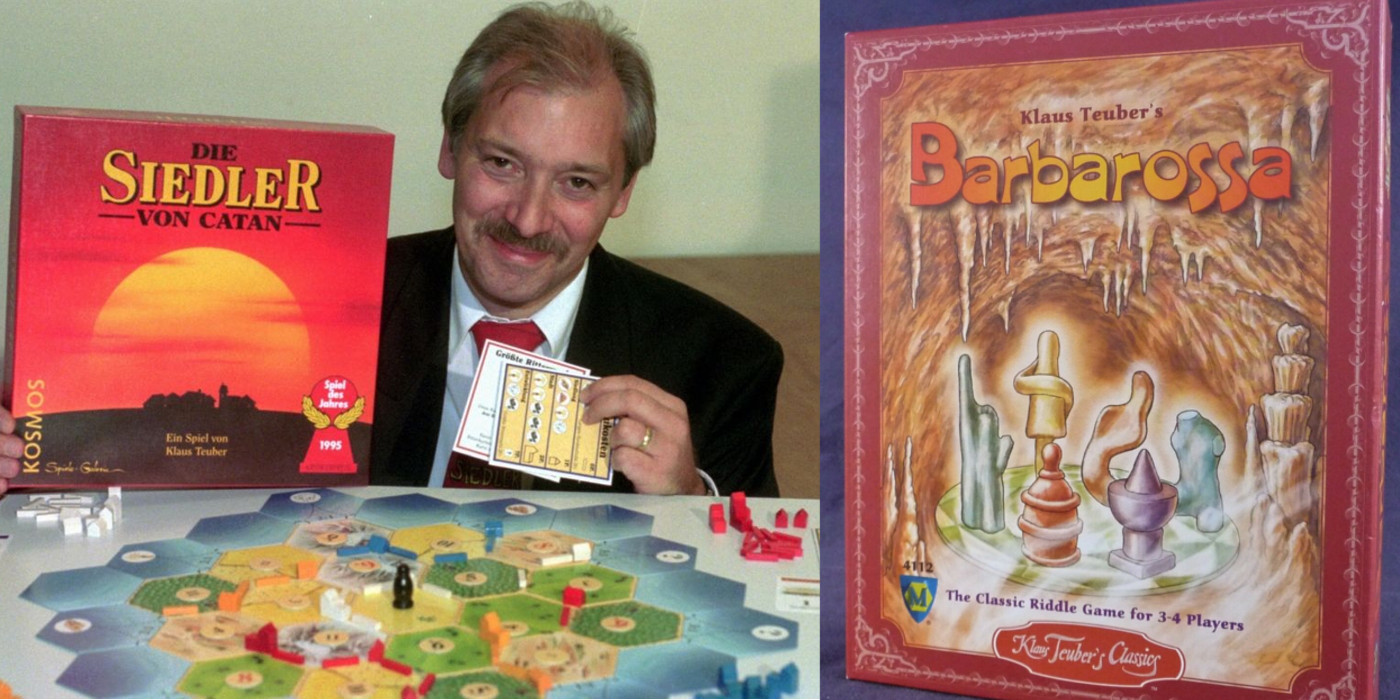
Klaus Teuber, unfortunately, passed away this week and we are celebrating his legacy by taking a look at his life before Catan.
It’s hard to quickly and accurately describe the huge weight that Catan had on board gaming. Prior to its introduction, board games were for kids. You’d go to your aunt’s house and she’d pull out Game of Life, or Candyland so the kids could play in the other room. Meanwhile, the dads and uncles were in the basement playing their hex and chit wargames like Battle-Cry. There was no middle ground. There were no games for casual gamers older than 8 years old. That is until 1995.
Cultural Impact of Klaus Teuber
Catan was the first board game to really break through into the mainstream. Upon its release, it was popular within the gaming circles but in the early 2000s, it took off. Games like Apples to Apples and Cranium were helping the overall move forward, but Catan was king.
It was a simple game, but not so simple as to be just for children. Also, it was complicated, but not so complicated as to be just for hardcore gamers. It was the middle ground. But more than that, it created the middle ground. Catan created modern board gaming in the same way Jaws created the idea of the summer blockbuster. It might not be my favorite game, but its legacy and impact on a hobby I love will never be forgotten. And we have Klaus Teuber to thank for that.
However, years before he was creating Settlers of Catan, Klaus Teuber was making other games. His first published board game was one titled Barbarossa. It’s pretty different from his breakaway hit, but no less creative.
Very Little Bit of History
When asked about the inspiration for the game, Klaus Teuber spoke about a fantasy series we were reading titled Die Schule der Rätselmeister, which translates to School of the Riddle Masters.
“As you know there are moments when you close a book really sad that it’s over. After finishing the last page, you often feel like you’ve lost a friend – to be somewhat melodramatic. So I was looking for a way to keep the book alive a little longer. Creating a game seemed the perfect solution. In this game, I was looking for a way to make riddles, to experiment with shapes and to let the players express their own creativity with clay.”
So in 1988, he created Barbarossa, which became his first published board game and won Spiel des Jahres that year.
Barbarossa Gameplay
Barbarossa falls into a creative style of game, like those of Pictionary. The main gameplay element of Barbarossa is molding clay. Each player begins the game by taking a lump of clay and molding it into 2 “riddles”, which here means a shape of an object. It can be anything, but shouldn’t be too easy or too hard to discern. The game is designed in such a way that players get the most points by designing riddles that are just in the middle amount of difficulty.
Once the riddles are created, each player places one of their tokens on the crystal track, giving themselves 12 crystals and getting 3 Curse tokens. Then they place another token on the scoring track.
On each player’s turn, they either roll the die and move that many spaces or spend crystals to move as much as they spend. Players move around the interior 12-space track, performing the action of whichever space they land on.
- Dragon gives every other player 1 point.
- Ghost gives every other player 2 points. Although, some editions did away with the ghost. Booo…
- Crystal gives that player 1 crystal.
- Dwarf lets the player ask a single letter of any player’s riddle. For example, “first letter”, “third letter”, “last letter”, etc.
- Question Mark is where the magic of Klaus Teuber happens.
Solving the Riddles
When a player lands on the Question Mark, they may ask one question of any riddle master, which can only be answered with “Yes”, “No”, “Maybe”, or “No discernible answer”. They continue asking questions until they get a “No” answer, at which point they enter the Solution phase and can attempt to solve a riddle in secret. They write their answer down and hand them to the riddle master. If the riddle is solved, an arrow is stuck into the clay of the riddle, but the answer is not announced.
The first person to solve a riddle gets 5 points. The second person to solve a riddle gets 3 points. Riddles can only be solved twice. However, the riddle master also earns points based on how many riddles have already been solved. The riddle master of the first riddle to be solved loses 2 points for making their riddle too easy to solve. If the number of solved riddles is seven or eight, the riddle master gains 2 points for getting just the right difficulty. If there are 12 or 13 arrows, the riddle master again, loses 2 points for being too easy to solve.
The first player to reach the end of the scoring track, or once every arrow is placed, the game is over. Whichever player has the most points wins!
Final Thoughts
Of course, we have to give Klaus Teuber credit, he makes good games. I love the difficulty balance mechanic. It makes sure you don’t have to be a sculpting genius to do well, in fact, that can even hurt your score. Just the clay molding and going in turn asking a question and guessing would be fun enough with the right group. So, grab yourself some clay and you got yourself a new party game!

